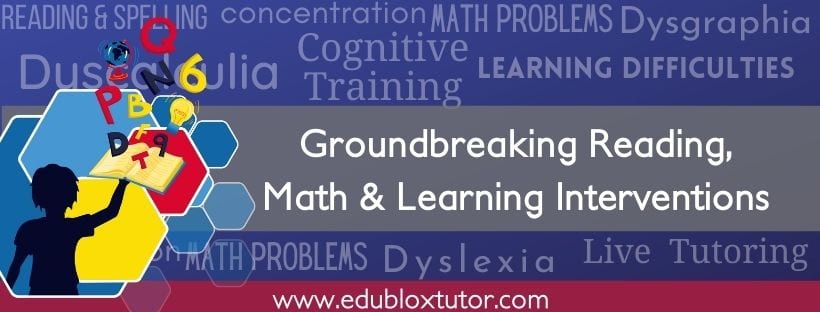Dyslexia can affect many areas of your life, and driving a car is one of them. Difficulties driving a vehicle are caused by the dyslexic’s reading difficulties and visual processing deficits. Visual processing, also called visual perception, is how the brain interprets what the eye sees, and visual processing deficits are viewed as a possible cause of dyslexia.
Slower to read road signs containing words
In a study, a team of researchers from Macquarie University in Australia, led by psychological scientist Benjamin Taylor, looked at reading comprehension on the road.
After completing measures for adult dyslexia and reading ability, 62 college students completed simulated drives through city, suburban, and rural environments with varying traffic levels. After each round of driving, participants were asked about their perception and comprehension of road signs (i.e., “No Left Turn” or “Railroad Crossing”) that they had passed during the drive.
The results suggest that participants who had higher dyslexia scores tended to have greater difficulty comprehending road signs, particularly road signs that contained words and no images.
Slower to identify traffic signs without words
In a study that compared dyslexic readers’ ability to identify visual signs and symbols without requiring naming these symbols, Gregory Brachacki and colleagues at Sheffield University found that people with dyslexia are slower to interpret traffic signs.
The researchers tested ten adults with dyslexia and 11 controls on their ability to differentiate between real and false traffic signs. The people with dyslexia recognized the traffic signs significantly less well than the controls.
Furthermore, there was a significant correlation for the controls between traffic sign recognition and driving experience, but no such correlation was found for the adults with dyslexia.
Longer to react in rural areas and the city
In another study, researcher Hermundur Sigmundsson and his colleagues at the Norwegian University of Science and Technology in Trondheim gave 17 volunteers, six of whom were dyslexic, two different tests. The first involved a 4-minute drive along a simulated country road at 50 to 80 kilometers per hour. In the second task, the volunteers drove through a city at lower speeds for 10 minutes.
The simulator flashed traffic signs in the drivers’ field of view and measured how quickly they responded by pushing a button or saying “now.” The signs appeared directly ahead in the rural drive, while in the city, they appeared in various places.
The six dyslexic drivers took, on average, 0.13 seconds longer to react during the rural drive than the non-dyslexic controls and were 0.19 seconds slower in the city, where the simulated environment was more complex. The controls took around 0.6 seconds to respond in both tests, so the dyslexic drivers experienced a 20 to 30% delay.
“Drivers just over the UK’s (United Kingdom’s) alcohol limit, which can be exceeded by drinking two pints of beer, are typically 10 percent slower than normal to react,” according to the New Scientist magazine. This means that dyslexia can slow a driver’s reaction time as much as drinking moderate amounts of alcohol, according to the study.
What do we learn?
These studies confirm that people with dyslexia have deficits in visual processing, especially form perception and visual processing speed.
Form perception is an aspect of perception and concerns the processes involved in distinguishing shapes through the senses. Form perception is one of the most basic visual discriminations humans acquire in childhood. A child with poor form perception is highly likely to be diagnosed with a learning disability since almost all learning activities require some type of form perception, most notably the ability to read. A child who has trouble perceiving the form of the letters, syllables, or words will have difficulties learning the alphabet or reading. The discrimination of letters is a crucial skill in the early stages of reading.
Visual processing speed can be defined as how fast a person can look at and process information on a task that does not take any more thinking than noticing the differences or sameness in the objects shown.
How can Edublox help?
Edublox programs effectively overcome reading and other learning difficulties by addressing the underlying shortcomings that interfere with academic performance. Underlying shortcomings include poor form perception and slow visual processing speed.
.
Edublox offers cognitive training and live online tutoring to students with dyslexia, dysgraphia, dyscalculia, and other learning disabilities. Our students are in the United States, Canada, Australia, and elsewhere. Book a free consultation to discuss your child’s learning needs.


